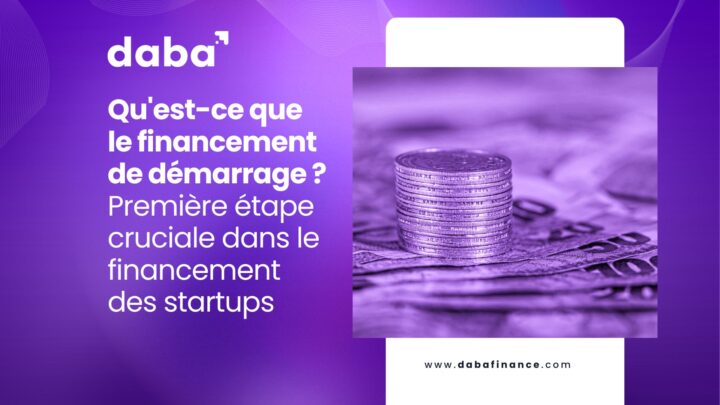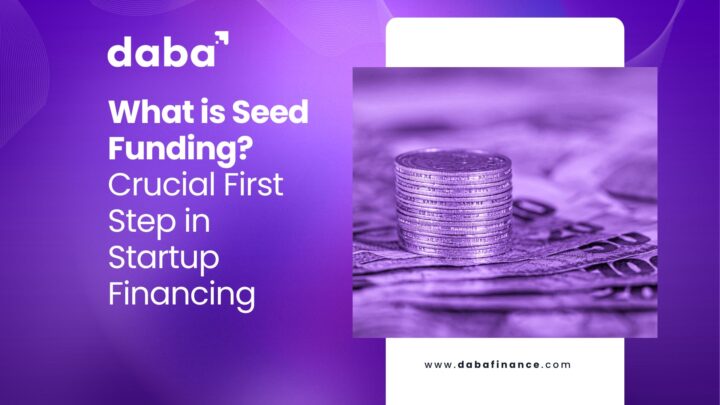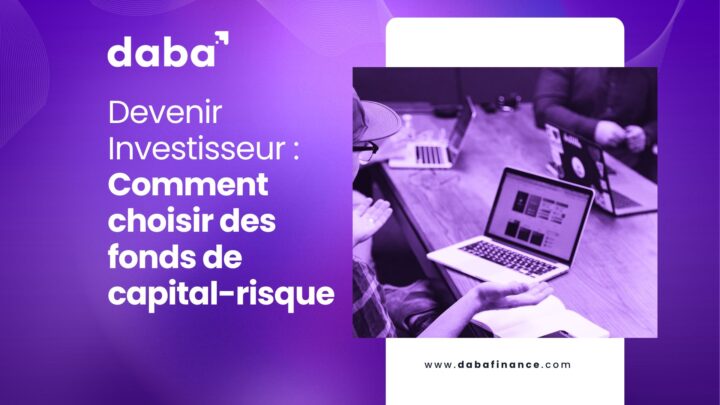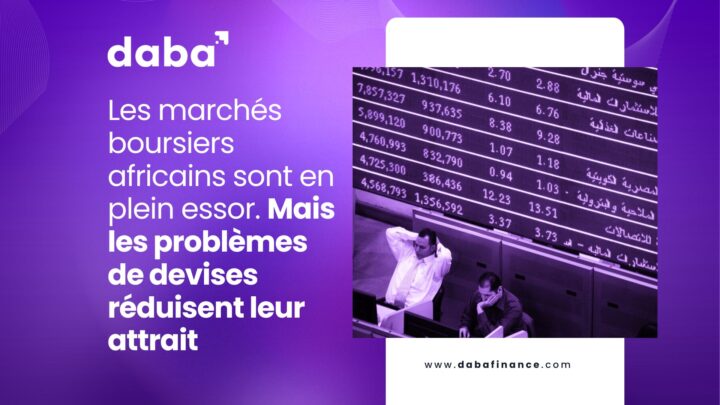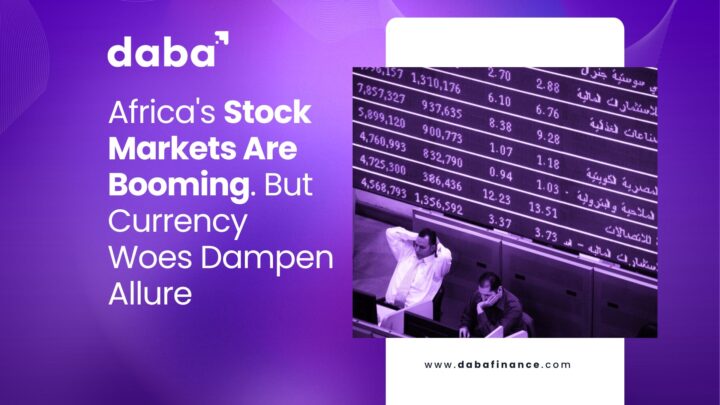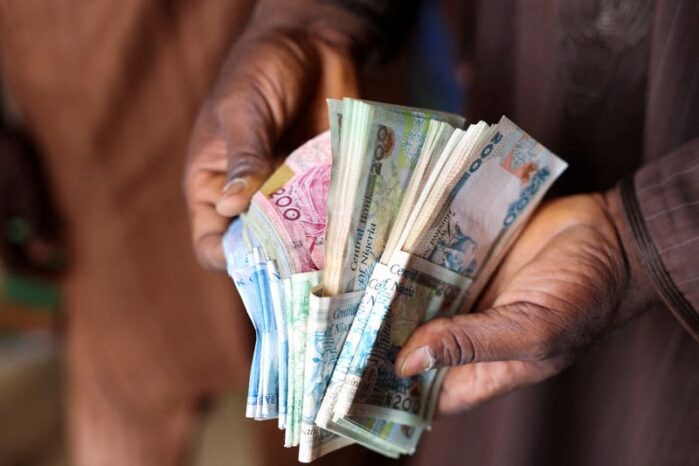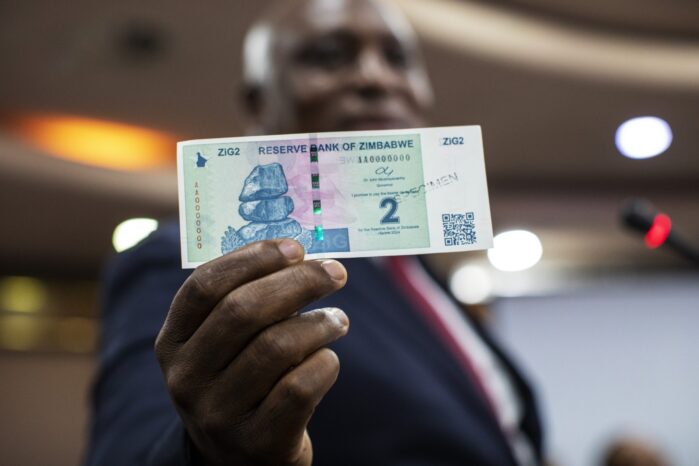Comprendre la terminologie de l’investissement est crucial pour prendre des décisions éclairées et construire une stratégie d’investissement solide.
Voici 21 termes clés que vous devez connaître pour démarrer ou poursuivre votre parcours d’investissement.
1. Actif
Un actif est tout ce qui a une valeur économique et qui peut être possédé ou contrôlé pour produire de la valeur. Les actifs peuvent être physiques, comme l’immobilier, ou financiers, comme les actions et les obligations.
Les actifs sont essentiels car ils peuvent générer des revenus ou être vendus avec un profit Exemple : Investir dans une propriété commerciale à Lagos, Nigeria, qui génère des revenus locatifs.
2. Obligation
Les obligations sont des titres à revenu fixe émis par les gouvernements, les municipalités ou les entreprises pour lever des capitaux.
Lorsque vous achetez une obligation, vous prêtez de l’argent à l’émetteur en échange de paiements d’intérêts périodiques et du remboursement de la valeur nominale de l’obligation à son échéance. Exemple : Acheter une obligation gouvernementale kényane pour financer le développement national des infrastructures.
3. Action
Une action représente une propriété partielle dans une entreprise et donne droit à une partie des actifs et des bénéfices de l’entreprise.
Les actions sont un moyen principal pour les entreprises de lever des capitaux et pour les investisseurs d’obtenir une participation dans des entreprises à forte croissance potentielle. Exemple : Acheter des actions de la société de télécommunications Sonatel (SNTS) basée au Sénégal sur la BRVM.
Lire aussi : Investir dans l’industrie des télécommunications : Insights du rapport Q1 2024 de Sonatel
4. Fonds Négocié en Bourse
Les ETF sont des fonds d’investissement négociés en bourse, semblables aux actions.
Ils détiennent un portefeuille diversifié d’actifs tels que des actions, des obligations ou des matières premières et visent à suivre la performance d’un indice spécifique. Exemple : Investir dans un ETF qui suit la performance des 50 meilleures entreprises en Afrique.
Lire aussi : Les ETF en Afrique : Un guide complet pour investir
5. Gain en capital
Un gain en capital est le profit réalisé lors de la vente d’un investissement lorsque le prix de vente dépasse le prix d’achat.
Les gains en capital peuvent se produire avec tout type d’investissement, y compris les actions, les obligations, l’immobilier, et plus encore. Exemple : Acheter 100 actions d’une startup technologique africaine à 10 $ par action, puis les vendre à 15 $ par action, réalisant ainsi un gain en capital de 500 $.
6. Allocation d’actifs (Asset Allocation)
L’allocation d’actifs est le processus de répartition de vos investissements parmi différentes classes d’actifs, telles que les actions, les obligations, l’immobilier et les liquidités. Exemple : Allouer 60 % de votre portefeuille aux actions, 30 % aux obligations et 10 % à l’immobilier dans divers pays africains.
7. Diversification
La diversification est une stratégie d’investissement qui consiste à répartir vos investissements sur diverses classes d’actifs, industries et régions géographiques pour réduire le risque. Exemple : Investir dans des startups agricoles au Kenya, des sociétés minières au Ghana et des entreprises fintech au Nigeria.
Lire aussi : Qu’est-ce que la diversification des investissements ? – Importance, avantages et stratégies
8. Intérêt composé
L’intérêt composé est l’intérêt sur un prêt ou un dépôt calculé à la fois sur le principal initial et sur les intérêts accumulés des périodes précédentes. Exemple : Investir 1 000 $ dans un fonds d’actions africain avec un taux d’intérêt annuel de 8 %, et voir la valeur de l’investissement croître de manière exponentielle grâce à l’effet de composition.
9. Conseiller financier
Un conseiller financier est un professionnel qui aide les individus à gérer leurs finances en fournissant des conseils sur les investissements, les impôts, la planification successorale, la retraite et plus encore.
10. Dividende
Un dividende est une partie des bénéfices d’une entreprise distribuée aux actionnaires, généralement sous forme de liquidités ou d’actions supplémentaires. Exemple : Les actions de Sonatel qui versent des dividendes réguliers aux actionnaires.
11. Fonds indiciel
Un fonds indiciel est un type de fonds commun de placement ou d’ETF conçu pour répliquer la performance d’un indice spécifique. Exemple : Un fonds indiciel qui réplique la performance de l’indice composite de la BRVM.
Lire aussi : Qu’est-ce qu’un indice ? Un guide pour les débutants en bourse
12. Intérêt
L’intérêt est le coût d’emprunter de l’argent, généralement exprimé en pourcentage du montant principal. Il peut également se référer aux gains des investissements portant intérêt. Exemple : Déposer 1 000 $ dans un compte d’épargne au Ghana avec un taux d’intérêt annuel de 5 %.
13. Fonds commun de placement
Un fonds commun de placement regroupe de l’argent de nombreux investisseurs pour acheter un portefeuille diversifié d’actions, d’obligations ou d’autres titres, géré par des professionnels.
14. Portefeuille
Un portefeuille est une collection d’investissements détenus par un individu ou une institution, incluant diverses classes d’actifs comme les actions, les obligations, l’immobilier et les liquidités. Exemple : Créer un portefeuille avec des investissements dans des startups technologiques africaines, des obligations gouvernementales et de l’immobilier.
15. Immobilier
L’immobilier implique l’achat, la propriété, la gestion, la location ou la vente de terrains et de structures. Les investisseurs peuvent participer directement en achetant des propriétés ou indirectement par des sociétés de placement immobilier (REIT).
16. Rendement
Le rendement est le gain ou la perte sur un investissement sur une période spécifiée, généralement exprimé en pourcentage du coût de l’investissement. Exemple : Investir 1 000 $ dans des actions d’une entreprise de télécommunications éthiopienne et réaliser un rendement total de 20 % après un an.
17. Compte de retraite
Un compte de retraite est un compte financier spécifiquement conçu pour épargner pour la retraite, offrant des avantages fiscaux pour encourager l’épargne à long terme.
18. Tolérance au risque
La tolérance au risque est le degré de variabilité des rendements d’investissement qu’un individu est prêt à supporter. Comprendre votre tolérance au risque est essentiel pour créer une stratégie d’investissement qui s’aligne avec votre niveau de confort et vos objectifs à long terme.
19. Valeur mobilière
Une valeur mobilière est un instrument financier représentant une position de propriété dans une entreprise (action), une relation de créancier avec un gouvernement ou une entreprise (obligation), ou des droits de propriété (option).
20. Marché boursier
Le marché boursier est un ensemble de marchés où les actions (titres de participation) sont achetées et vendues, incluant des bourses comme la Nigerian Exchange et la BRVM.
Lire aussi : Les plus grandes bourses d’Afrique par capitalisation boursière
21. Liquidités
Les liquidités se réfèrent à la monnaie sous forme de billets de banque, pièces de monnaie et fonds détenus dans des comptes de chèques, d’épargne et de marché monétaire.
Maintenir une partie de votre portefeuille en liquidités ou équivalents de liquidités offre de la flexibilité pour saisir rapidement des opportunités d’investissement ou couvrir des dépenses imprévues. Exemple : Détenir des liquidités dans un compte d’épargne à haut rendement en Franc CFA pour assurer la liquidité et un accès rapide aux fonds en cas de besoin.
Devenir un investisseur avisé
Comprendre ces termes d’investissement clés peut grandement améliorer votre capacité à naviguer dans le monde de l’investissement.
Que vous soyez nouveau dans l’investissement ou que vous cherchiez à approfondir vos connaissances, Daba vous fournit les outils et les ressources dont vous avez besoin pour réussir.
De l’analyse en temps réel aux conseils d’experts via Daba Pro, vous pouvez gérer et développer vos investissements avec confiance sur les marchés dynamiques d’Afrique. Visitez notre plateforme dès aujourd’hui pour commencer votre parcours d’investissement.


